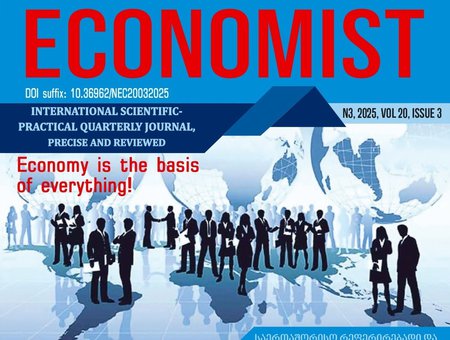Quantitative Risk Assessment (QRA) is one of the key tools in industrial safety, aimed at estimating the probability and consequences of potential hazardous events. Despite its widespread application, practical experience reveals that the reliability and interpretability of QRA heavily depend on the level and sources of uncertainty embedded within the assessment process. This article explores the internal limitations of QRA methodology, classifies the primary sources of uncertainty, and outlines opportunities for reducing uncertainty—particularly through the integration of physical sciences.
A well-known case study is analyzed in which multiple expert groups independently conducted QRA for an ammonia storage facility. The results demonstrated significant dispersion in risk indicators: for example, the estimated frequency of pipeline rupture ranged from 2×10⁻⁸ to 4×10⁻⁴ per year. Such variability highlights the lack of methodological consistency and points to systemic uncertainty. The study identifies various contributing factors, including inconsistent or insufficient initial data, divergent modeling approaches, oversimplified physical assumptions, and human errors during modeling and analysis.
This article proposes a structured classification of uncertainty sources and argues that QRA improvement is unattainable without active integration of the physical sciences. Thermodynamics allows the calculation of critical parameters—such as pressure, temperature, and density—under real accident conditions, while chemical kinetics helps estimate the rate and intermediate stages of processes. Unfortunately, these methods are often replaced in practice by oversimplified assumptions (e.g., constant temperature during evaporation), reducing the physical accuracy of the models.
The article offers practical recommendations for reducing uncertainty in QRA, including: Improving the quality and availability of initial data; Standardizing and validating the models used; Integrating accurate physical descriptions of processes into QRA models; Enhancing the interdisciplinary qualifications of specialists; Applying the conservative assumption principle appropriately under uncertainty.
In conclusion, the advancement of QRA methodology depends not only on better statistics or software tools but also on a system-level understanding that includes physics, chemistry, and engineering. Uncertainty should be seen as a manageable component of the risk assessment process rather than an inherent flaw. Achieving this perspective will lay the groundwork for more reliable and outcome-driven industrial safety strategies.



